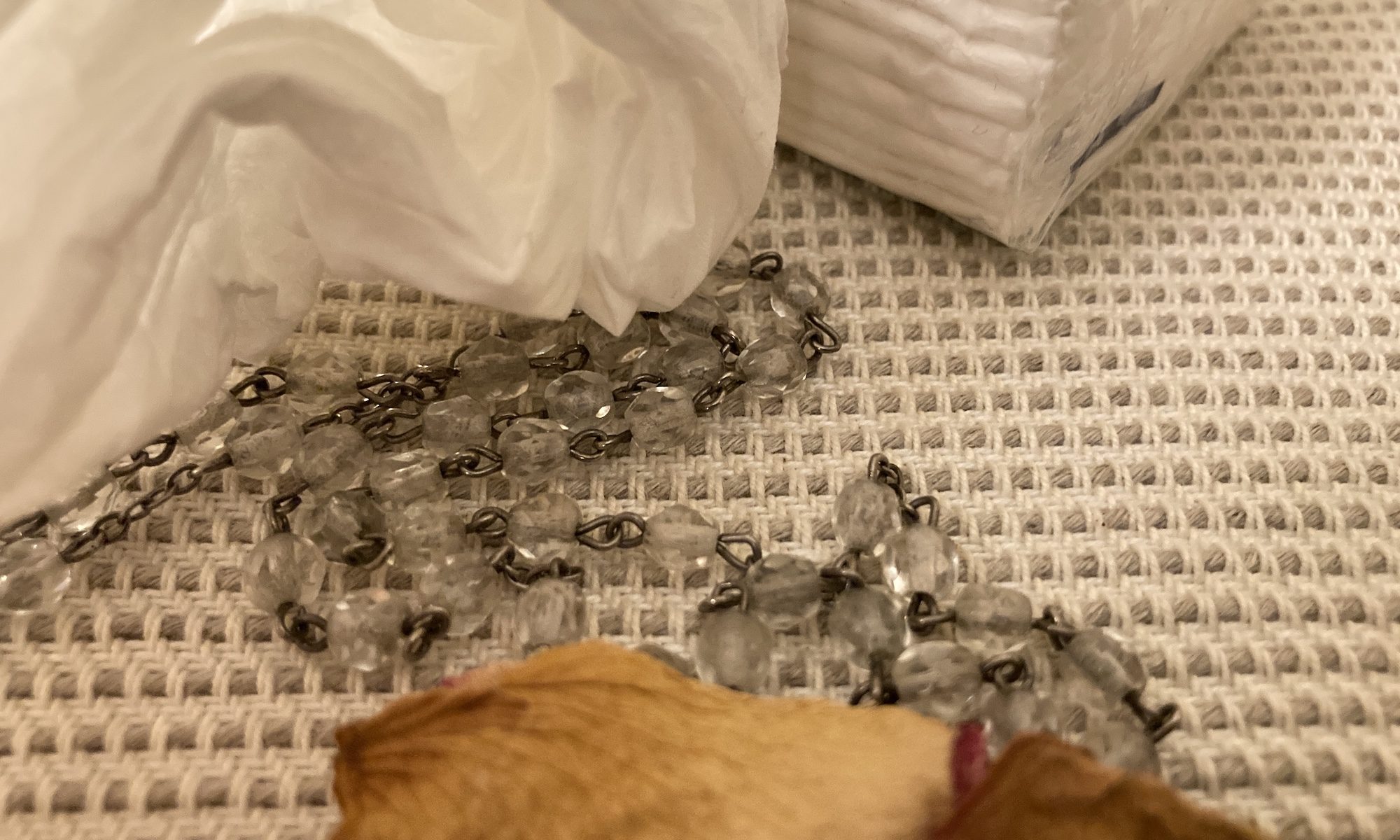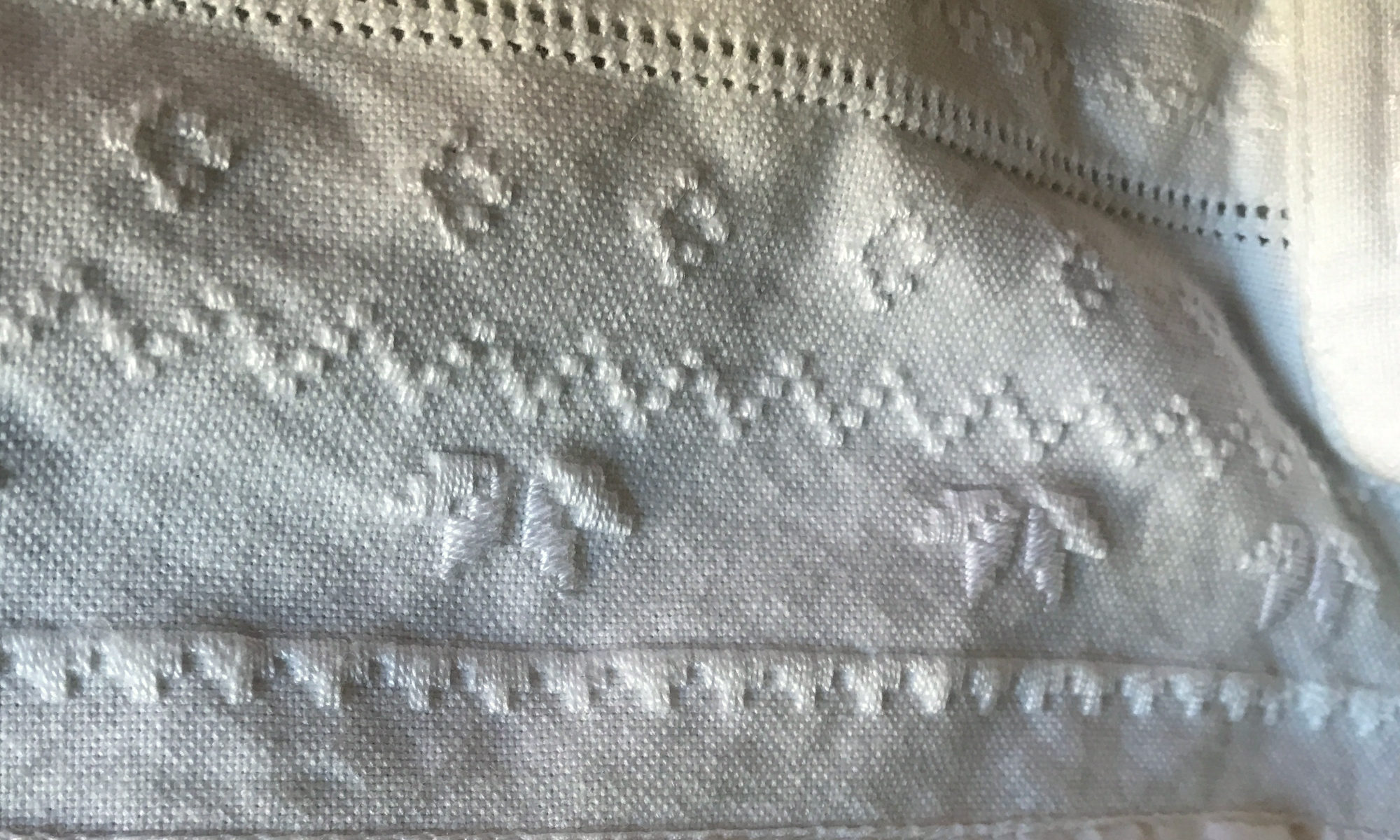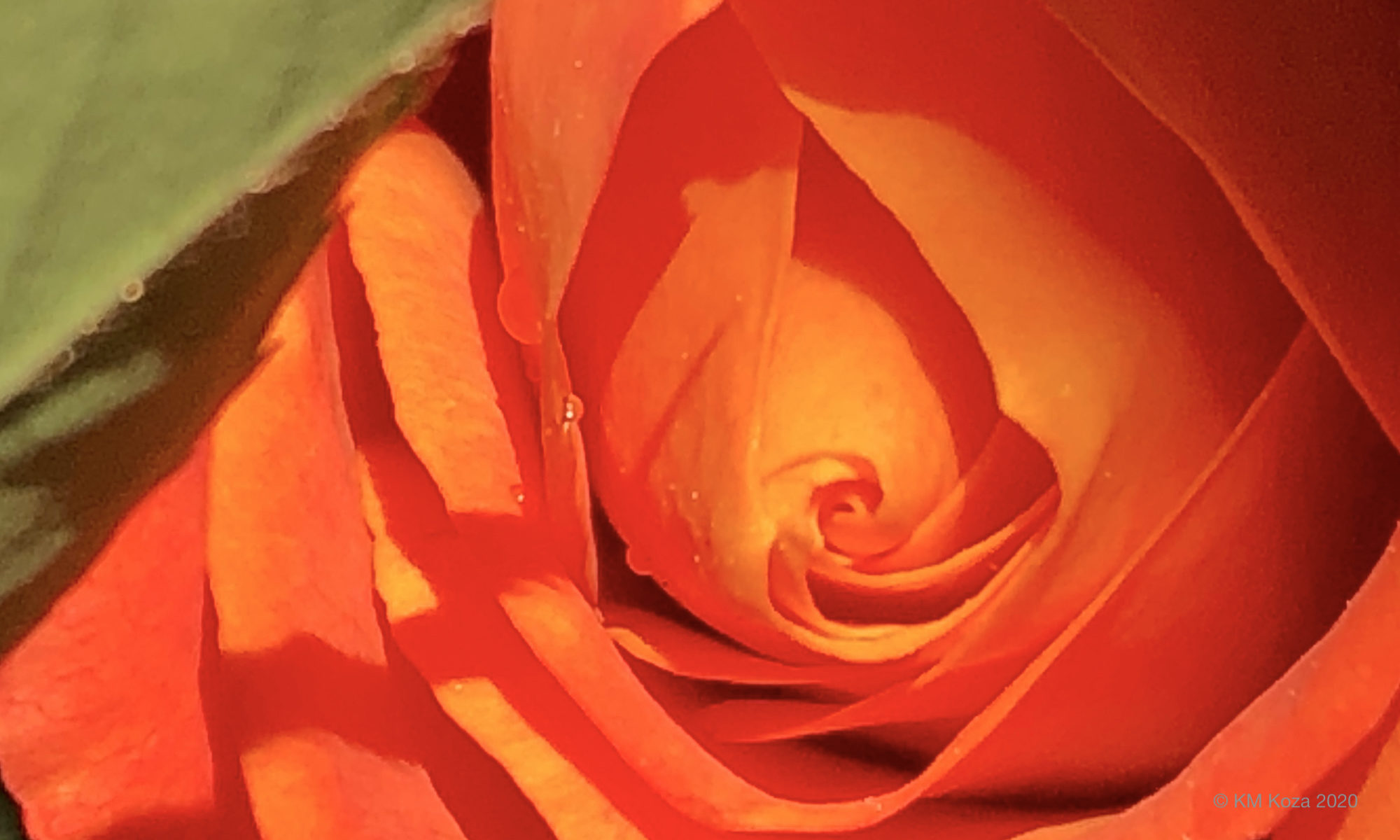This was a silly piece I wrote quickly one day and emailed (BCC) to several friends and then put on Facebook. The responses I received prompted me to post the piece here — not because it’s a masterful work, but because I found the consistency of the responses, especially on Facebook, so funny.
Most of the women to whom I sent this wrote back, “I’ve turned into my grandmother”. When I posted the piece on Facebook, I received many personal messages from women, again stating “I’ve turned into my grandmother” and “I really liked this” — yet I don’t think any one of them shared or publicly gave the piece a thumbs-up!
Perhaps I should add to the following list one more point: “You know you’ve turned into your grandmother when you don’t want anyone to know you’ve turned into your grandmother!”
You know you’ve turned into your grandmother when:
- Your pockets are filled with tissues you used lightly to wipe that smudge off your iPhone because why waste, you just might need a tissue later.
- Your large framed photos all have corners jammed with tiny photos of your spiritual teacher and images of your favorite saints.
- Your windowsills and door jambs all hold small statues of a divine incarnation.
- Your doorknobs, rear-view mirror, and shift lever all bear rosaries or malas; the one on the shift lever usually makes its way into your hand when you drive.
- You say prayers as you get into the car to go anywhere.
- You swear profusely at semi-truck drivers who nearly side-swipe you on the highway, and when you’re going 92 mph in the middle lane, you both swear and flip off the kids who have the gall to pass you on the right.
- You have to consciously control your eye-rolls when talking with males wearing the robes of ordination and/or carrying cameras with large lenses.
- You secretly give food and money to people who need it.
- You carry seeds and nuts to the park to feed the birds and the squirrels.
- You’ve given names to the birds and squirrels, and they know what time to expect you — and are waiting if you’re late.
- You worry about the birds and squirrels when planning your (frequent) trips, and have a little talk with the critters before you go so they know you’ll be coming back.
- You’ve taken the screen off your kitchen window to better be able to lean out and feed the birds and see what’s going on up and down the street.
- You scold the drug dealers who park on your street and tell them to skedaddle after they laughed off and ignored the Men In Charge.
- You don’t give a S#!t what people think, yet are polite enough not to state this directly.
- Your own version of a silent glance rivals that of Dame Maggie Smith.
- You read stuff like this and think it’s funny.



